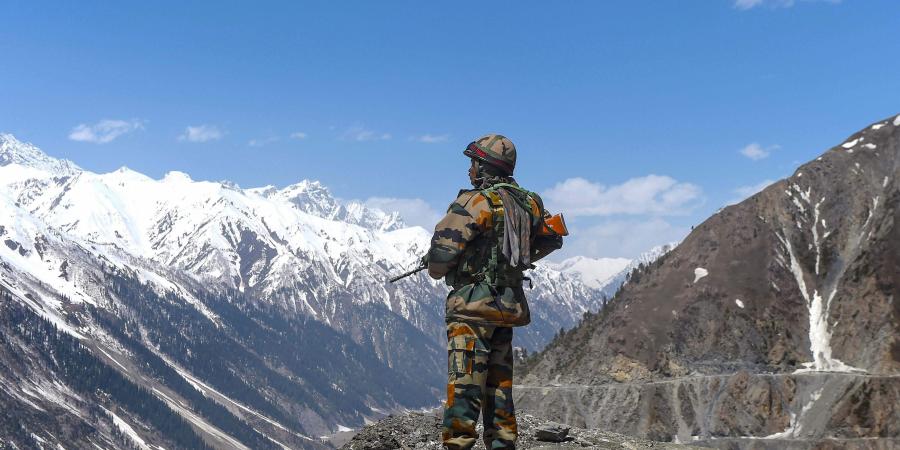New Delhi, June 5:
Standoff between Indian and Chinese troops was not a not a spontaneous reaction to India’s road construction in Ladakh, reveals new data. Unusual activities on the Indo-China border were first spotted in mid April, recent reviews of the month-long standoff indicate.
The first reports date back to about two weeks prior to the reported clash between troops at Pangong Tso on May 5. The incident had left soldiers from both sides wounded and unconfirmed visuals of the alleged altercation continue to flood Chinese social media.
With top military men of both armies scheduled to discuss a resolution to the ongoing standoff on June 6, both sides are hopeful of a breakthrough.
Movement of troops and heavy vehicular traffic on the Indo-China border was noticed in early May. These reports were followed by isolated incidents in Pangong Tso and Naku La in North Sikkim which led to the escalation.
There was a slight retreat by both armies in one of the flashpoints in Galwan and no violence or clashes have been reported from the region for the last two weeks, sources said. Areas considered vulnerable are four points in Ladakh, including Pangong Tso and three other spots in the Galwan Valley region where the current standoff continues with massive troop buildup.
Naku La in North Sikkim is also among other spots subject to contention. Lipulekh on the India-Nepal-China tri-junction is also being considered as sensitive territory after Nepal objected to India’s road construction in the region.
This was followed by China enhancing troop deployment in the area and objecting to India’s infrastructure development in the region for the aid of Mansarovar pilgrims.




